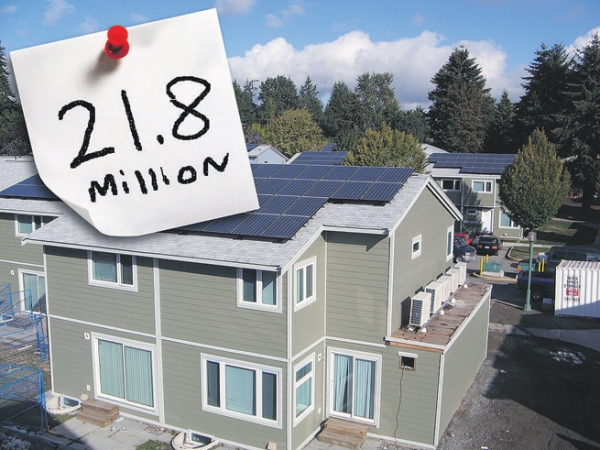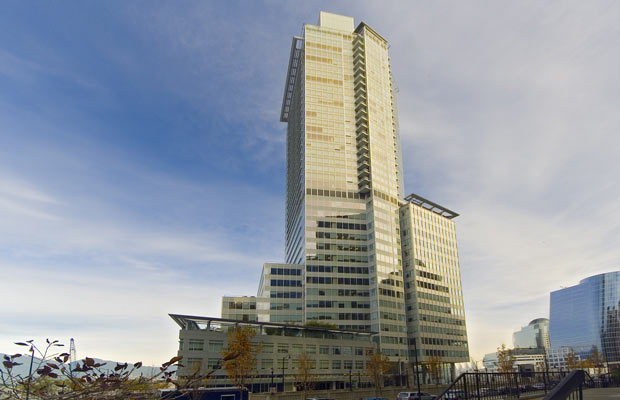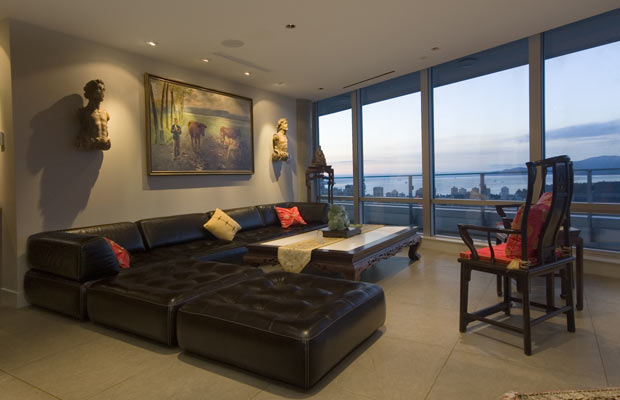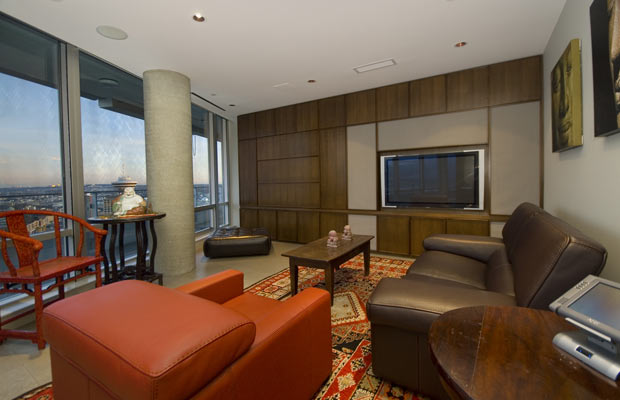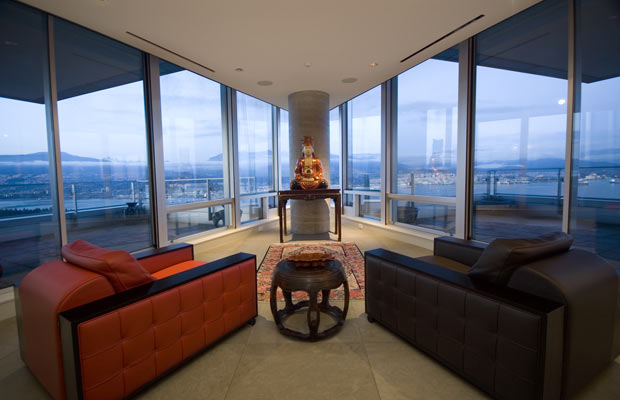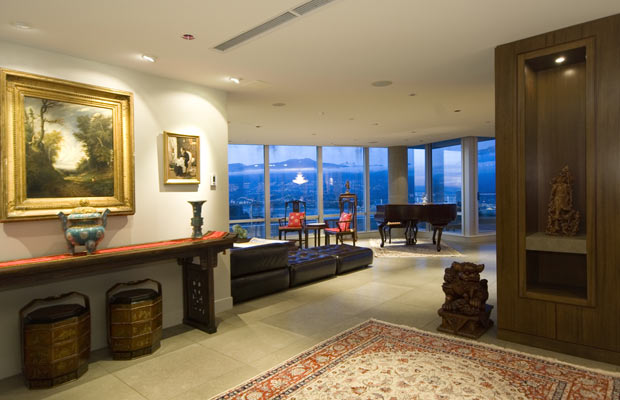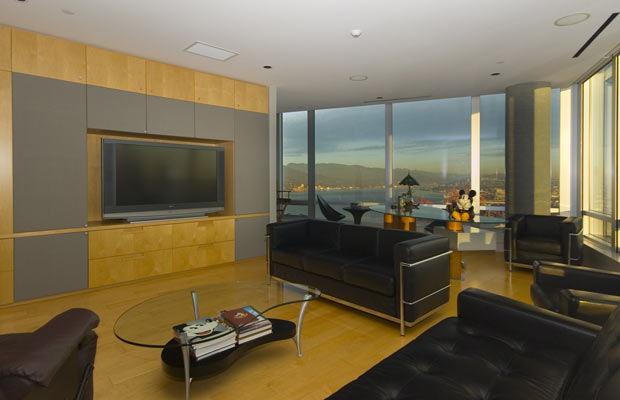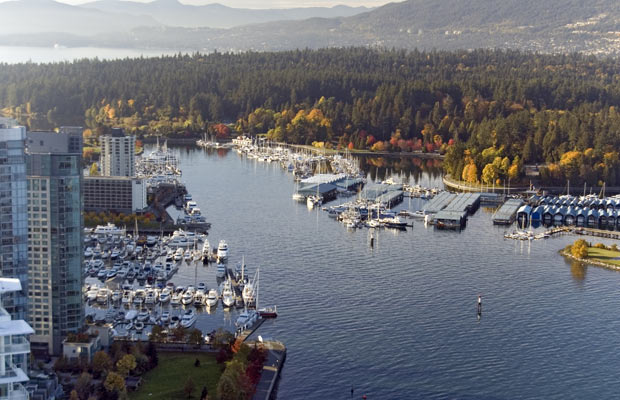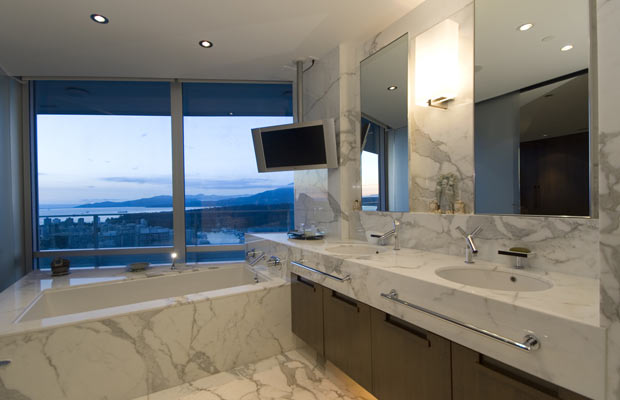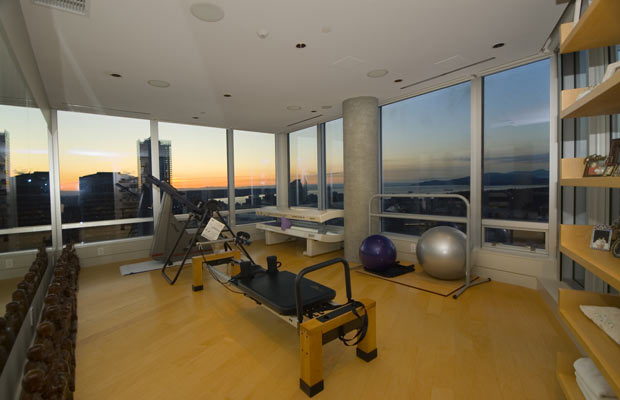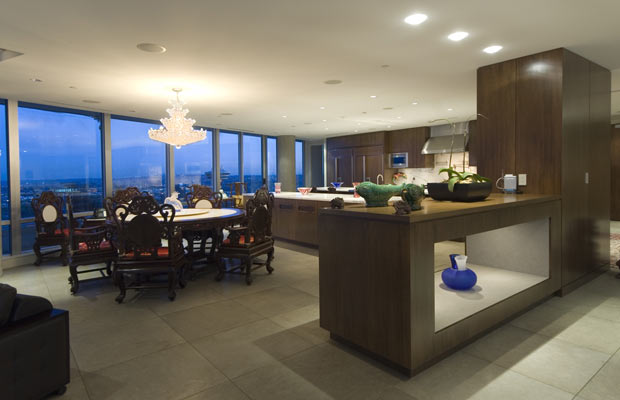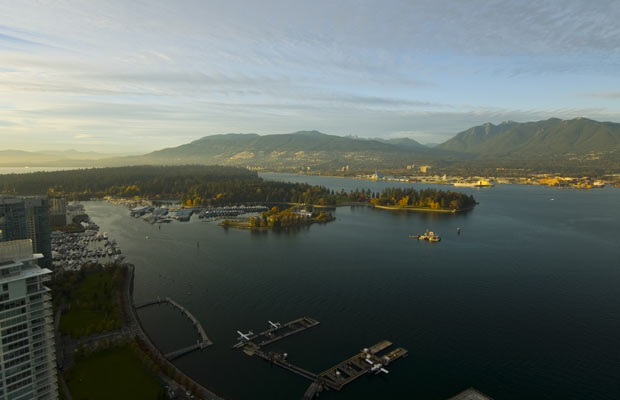John Bishop does not rest on his laurels as one who has defined the way we eat
Joanne Sasvari
Sun
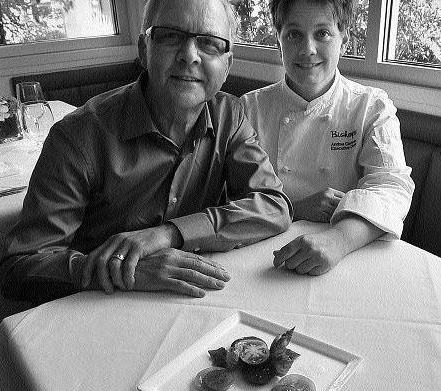
John Bishop and chef Andrea Carlson pose in Bishop’s Restaurant in Vancouver with Milan’s Heirloom Tomato Salad. Photograph by: Steve Bosch, Vancouver Sun, Special to The Sun
John Bishop is nothing short of a legend in Vancouver, and not because of those White Spot ads. Or, for that matter, the four books, charity work and public appearances.
Over the past quarter century, he has quietly defined the way we eat and the way we think about food in this city, all from a tiny, 800-square-foot restaurant on a busy stretch of West Fourth Avenue.
Ironically, though, thanks to the culinary revolution he helped start, there are so many fancy new restaurants to visit, it may have been a long time since you actually dropped by the one that started it all.
And that’s too bad, because there has never been a better time to dine at Bishop’s.
All the elements in this elegant little eatery, from owner to service to chef, have come together perfectly, all at a time when the city’s culinary scene has never been more exciting.
“It’s a great time in this city and this province to be in food,” Bishop says.
Bishop, of course, was one of the first local chefs to promote the now nearly universal idea of using local ingredients, back when he opened his restaurant during the recession that had Vancouver in its grip less than a year before Expo ’86.
A soft-spoken Englishman, he’d arrived in Vancouver in the early 1970s planning, like so many others, to stay a year. Then he fell in love with both the city and the woman who would become his wife, decided he might as well stay a while longer, and went off to cook for another local culinary icon, Umberto Menghi.
Since he went out on his own in 1985, countless talented cooks have gone through his own kitchen. But the best fit may just be his current chef, Andrea Carlson, formerly of Sooke Harbour House and Raincity Grill.
“I was instantly taken with her,” he says. “She’s just an amazingly passionate person. She seems very much in that Alice Waters style, only more so.”
Like Waters, the woman often credited with starting the California cuisine movement from her Berkeley restaurant Chez Panisse, Carlson is as much gardener as she is cook.
“She cooks with her palate,” Bishop explains, adding, “There’s a wonderful complexity to her food.”
Still, the question is: After 24 years and countless imitators, not to mention those White Spot ads, how does the city’s original West Coast restaurant hold up? Remarkably well, it turns out.
Bishop’s is an oasis of cool, quiet calm in a city where the noise levels even in fine-dining establishments can be riotous, and the décor almost as jarring. It is still a small, cosy space on two levels, with pale walls, white tablecloths, white orchids and a fine collection of first nations art.
Remarkably, given the economy, most nights are sellouts here. (“Being small helps,” Bishop says lightly.) Part of that is certainly due to the service, which is perfectly, easily, casually attentive without ever being intrusive.
Credit the charming maitre d’ Abel Jacinto for a team that’s so thoughtful that when a guest sneezes, a packet of tissues quietly appears at her elbow. But good service and nice paintings aren’t enough to keep a restaurant full, especially when the entrees are over $30 and so many people are watching their budgets.
The real magic here is happening in the kitchen.
It comes as almost a shock to remember that food can be this good. This is not fussy food, drenched in sauces or molecularized out of recognition. It has a strong background in the classics, with a lively sense of flavours and a strong respect for ingredients.
For instance, an evanescently seasonal zucchini blossom fritter stuffed with ricotta is perfectly crisp and light, arranged prettily atop tender baby beets and grilled sweet Walla Walla onions.
Perfectly seared duck breast arrives on a bed of tiny, savoury spaetzle. Stuffed rabbit loin is nicely paired with nutty, chewy wild rice studded with tiny chanterelles and the surprise of tartly sweet roasted apricots.
The wonderful flavours continue into dessert, whether it’s the richly chocolatey, hot fudge brownie sundae or the crisp, sweet fried fig empanada with brown sugar ice cream.
But the highlight of the evening is when Bishop himself comes over to quietly say hello, as he does with every guest every night that he’s in the city.
“When I’m here,” he says, “that’s where I want to be.”
And most of his guests would agree.
© Copyright (c) The Vancouver Sun

